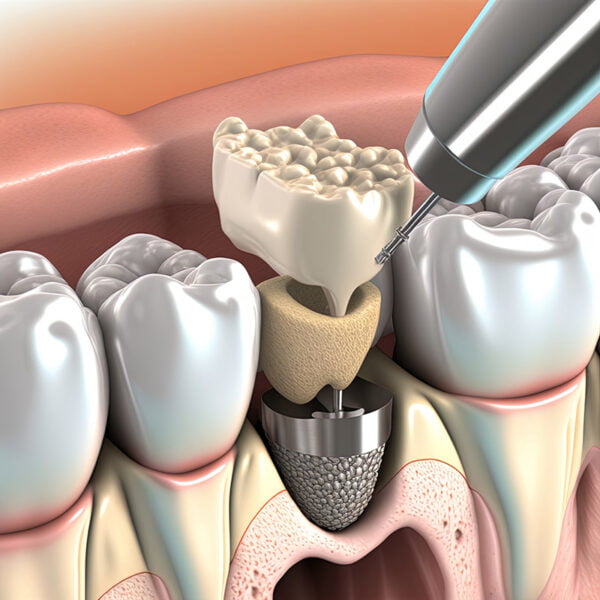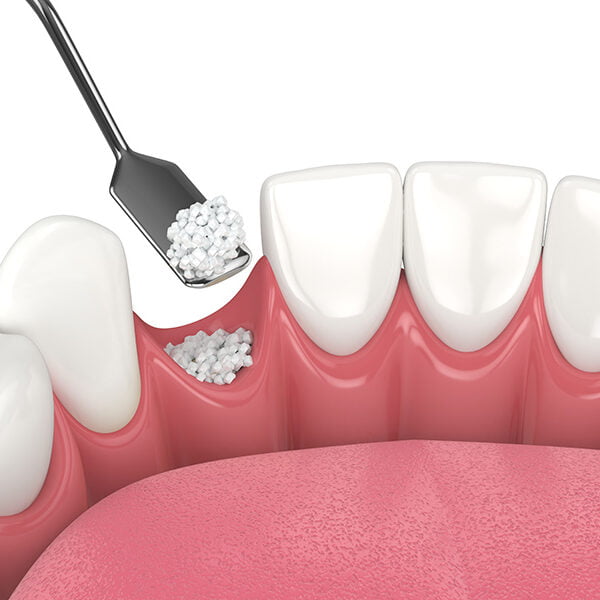- Our Hours:
- Mon to Thurs: 9am - 5pm
- Fri : 9am - 4pm
- Home
- Services
- Services
- Smile Gallery
- Reviews
- Meet The Team
- Blog
- Patient Forms
- Areas We Serve
- Contact Us
Bone Grafting
Dental Bone Grafting In Clearwater, FL
After losing one or more teeth, jawbone deterioration is a common occurrence, often attributed to factors like injury, decay, or trauma. With the absence of the tooth to stimulate the surrounding bone, gradual deterioration sets in over time. This decline in bone density can progress to a point where it becomes insufficient to support dental implants. In such instances, your dentist may suggest a bone grafting procedure as a viable solution. This service is offered in Clearwater, conveniently located near Dunedin, Florida.
The Procedure

Administer local anesthesia to numb the areas for bone removal and augmentation. Create an incision in the gum to assess required bone volume. This service is available in Clearwater near Dunedin, Florida.

Below the lower front teeth, make an incision to reveal the chin bone. Partially extract the bone and any marrow, then close the incision with stitches. This service is available in Clearwater near Dunedin, Florida.

Secure the removed chin bone in the jaw with titanium screws. Optionally, apply a mix of your bone marrow and grafting material to expedite healing, followed by suturing the incision. This service is available in Clearwater near Dunedin, Florida.
After the procedure, your dentist will commonly prescribe antibiotics and pain medication. You’ll also receive guidance to adhere to a controlled diet, primarily consisting of soft foods like pastas and Jell-O. Moreover, the complete healing process for bone grafts typically spans six to nine months. Additionally, the placement of dental implants is postponed until your oral cavity has fully recovered. This service is provided in Clearwater, conveniently located near Dunedin, Florida.
Most Common Types of Bone Grafting
Autograft
Additionally, autografts involve extracting bone from the patient’s own body, typically from areas like the hip, rib, or jaw, and transplanting it to the site where bone is needed. Additionally, they are highly effective due to their compatibility with the patient’s biology, making them a preferred choice when possible.
Allograft
Furthermore, allografts utilize bone graft material from a human donor, which is processed and sterilized before transplantation. Additionally, they are readily available and eliminate the need for a second surgical site, making them a common choice for bone grafting procedures.
Xenografts
Furthermore, xenografts utilize bone graft material from an animal source, such as bovine (cow) or porcine (pig). Additionally, this material is specially treated and sterilized to minimize the risk of immune response and infection. Furthermore, xenografts are often used in situations where human donor grafts may not be available or suitable.





